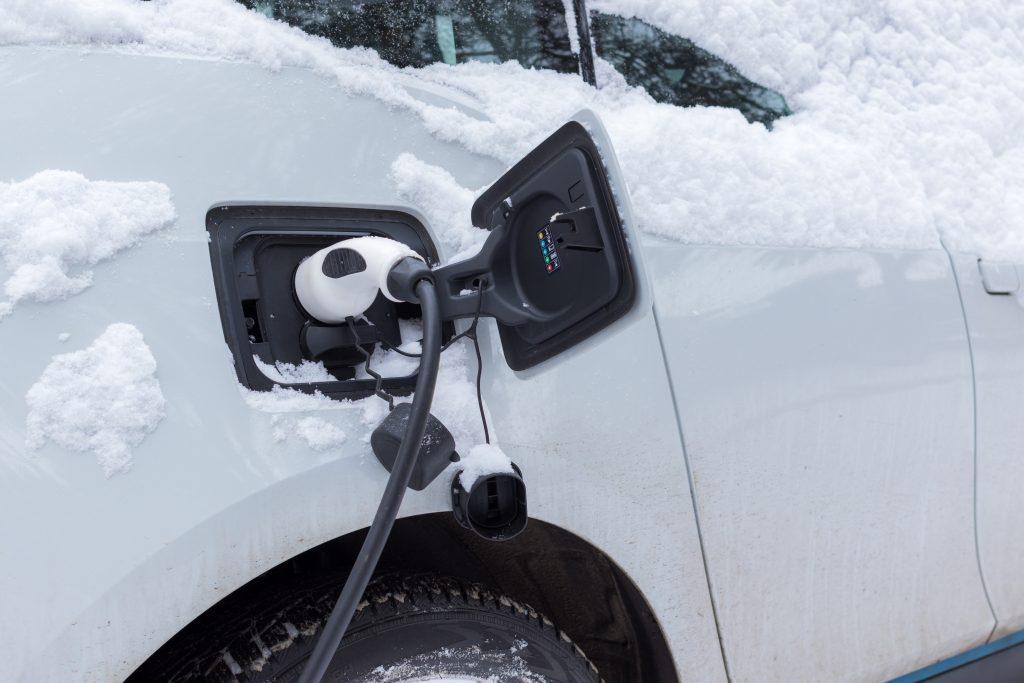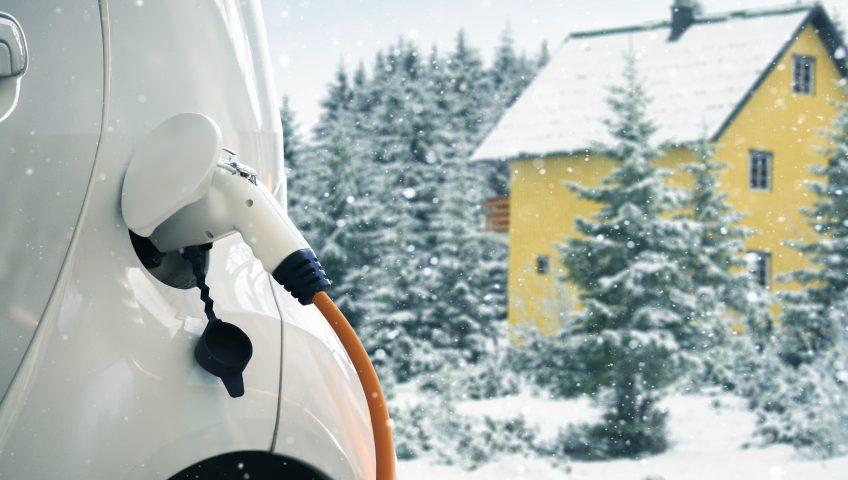Did you know that electric vehicle batteries comprise 40% of the car’s total value? The lithium-ion batteries used in electric vehicles are specialized to deliver enough electrical output to prolong a vehicle’s driving range. While early electric vehicle models were not designed for long road trips, the times are changing, and some models can push 250 to 300 miles with ease.
Now that winter is here, you might have noticed an increase in charging times. How does the colder weather impact your EV charge?
Luckily, we have a must-read electric vehicle guide for you. We will review ideal battery temperatures and simple ways you can help prolong and improve your battery charge.

EV Charging Times in Cold Weather
Using an EV charger in the winter might take longer to charge your electric vehicle versus using it in warmer months. In general, electric vehicles operate worse in the colder months and thrive around average temperatures of 70°F.
The range most EVs can drive starts tapering off between 50°F and 32°F. Researchers also found that extreme temperatures, such as -4°F, had most EVs functioning at around 50% of their normal range.
This data also highlights how batteries operate during extreme temperatures. Like most batteries, lithium-ion batteries used in electric vehicles operate best between approximately 60°F and 80°F.
When battery temperatures dip below 60°F, there is an increase in sluggish charging times and decreased performance. The opposite also holds true. Lithium-ion batteries that exceed 95°F are at high risk for degradation.
How To Improve EV Charger Times
The first solution to improving EV charging times is upgrading your charger. Level 3 charging stations are the costliest but most efficient chargers on the market. In one hour, they can charge 80% of a 249-mile range.
However, it is essential you check your electric vehicle’s brand and the year since not all cars are compatible. If you own a Level 1 charger, consider asking a professional about installing a Level 2. On average, it can fully charge a vehicle in 11 hours.
Some other helpful tips for improving charging times and range in the winter are:
- Parking and charging your car indoors
- Do not let your EV battery drop below 20%
- Develop a backup plan
- Purchase an electric vehicle with other heating options
While an electric vehicle cost will be higher with models that have expanded ranges and seat heaters, it could save you money long-term if you live in a cold area. Lastly, don’t neglect hybrid car options that can give you a backup option if needed.

Install a New EV Charger
Level 1 EV chargers have slower charging times that will significantly impact your vehicle’s use in the winter. Additionally, Level 1 chargers are not ideal for commercial use.
Upgrading your chargers to Levels 2 and 3 can help you combat slower charging times in the winter. Whether you need quality chargers for a business or household, the professionals at ROS Electric can help you.
Check out our site and let us help you determine the best charger for the upcoming winter months to maximize your vehicle’s performance.


Write a Comment